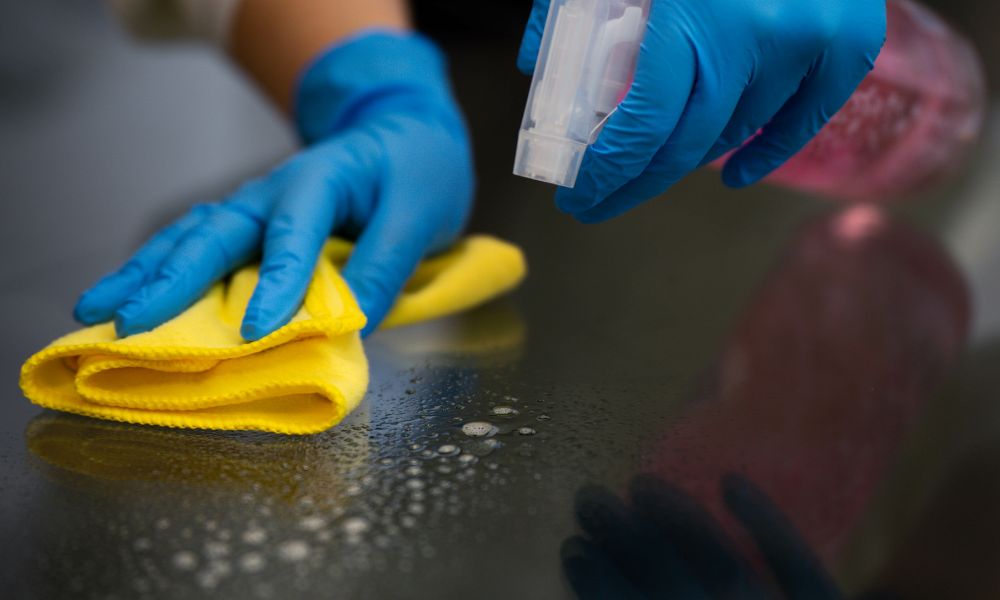
Professionals spend large portions of their day cooped up in the office. Not only does this put them near their coworkers, but it also exposes them to a series of particles that could cause allergic reactions. This is especially the case in the springtime when pollen is at its highest levels. Here, we’ll discuss some common allergy triggers in the workplace and how to avoid them.
Dust and Pollen
Dust and pollen are two of the most prevalent allergens in the workplace. Factors like poor ventilation, open windows, and even the presence of indoor plants can contribute to high levels of these particles. To reduce exposure to dust and pollen, consider installing HEPA filters in your HVAC system and keep windows closed during high-pollen seasons. Excessive amounts of dust and dirt in your office are also important signs your business needs a cleaning service. Regular cleanings can drastically reduce these particles and help keep your team comfortable.
Moisture or Mold Spores
Areas with high moisture levels can foster mold growth in the workplace. Mold spores cause respiratory issues and other adverse health effects that can vary in severity depending on each person’s level of sensitivity. Worst of all, you may not even know you have mold until it’s too late. Make sure that you’re properly maintaining your building’s plumbing and ventilation systems, addressing any water leaks, and using dehumidifiers in damp areas.
Specific Foods
Food allergies are becoming an increasingly common allergy trigger in the workplace, too, with some of the primary culprits being peanuts, tree nuts, milk, and shellfish. Since employees typically share office kitchen spaces and break rooms, cross-contamination is a concern for those with food allergies. Encourage employees to label their food properly and maintain a clean environment to minimize the risk of accidental exposure.
Manufacturing Substances
Certain industries rely on materials that can cause allergic reactions, such as latex, wood, and resins. Employers must provide proper training and personal protective equipment (PPE) to minimize allergen exposure if the work environment has these materials. Additionally, regular monitoring and proper ventilation can help maintain a safer working environment.
Cleaning Chemicals
Lastly, many cleaning chemicals have strong odors and can cause allergic reactions or sensitivities. It’s crucial to choose cleaning products with low VOCs (volatile organic compounds) and fragrance-free options to minimize the risk of triggering allergies. Also, schedule cleanings outside regular work hours to minimize employee exposure to these chemicals.
By taking proactive measures against the above substances, employers can significantly reduce the number of allergens in the office. This way, you ensure that your team can focus on their tasks without the added stress of allergy symptoms. Act now to reduce allergens in your workplace before your team starts having problems.






